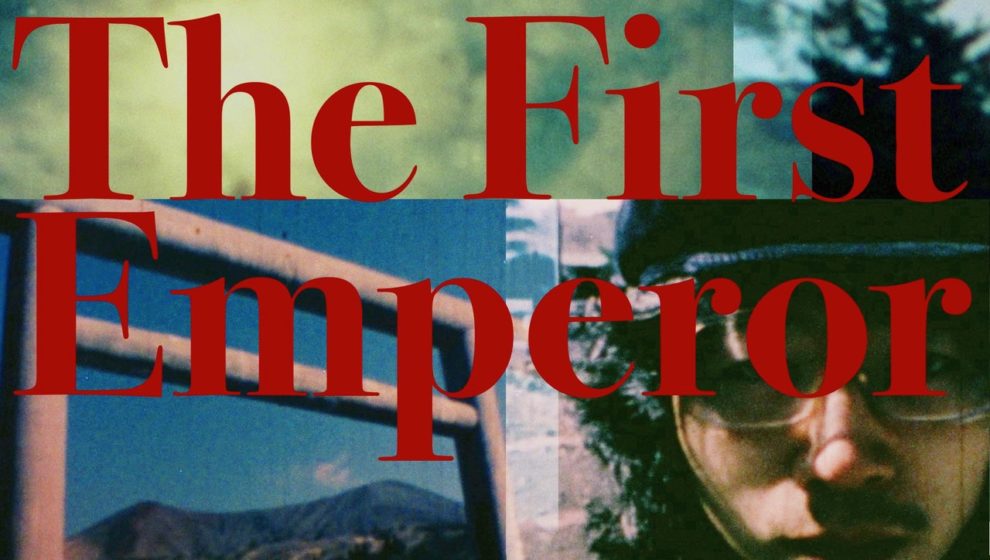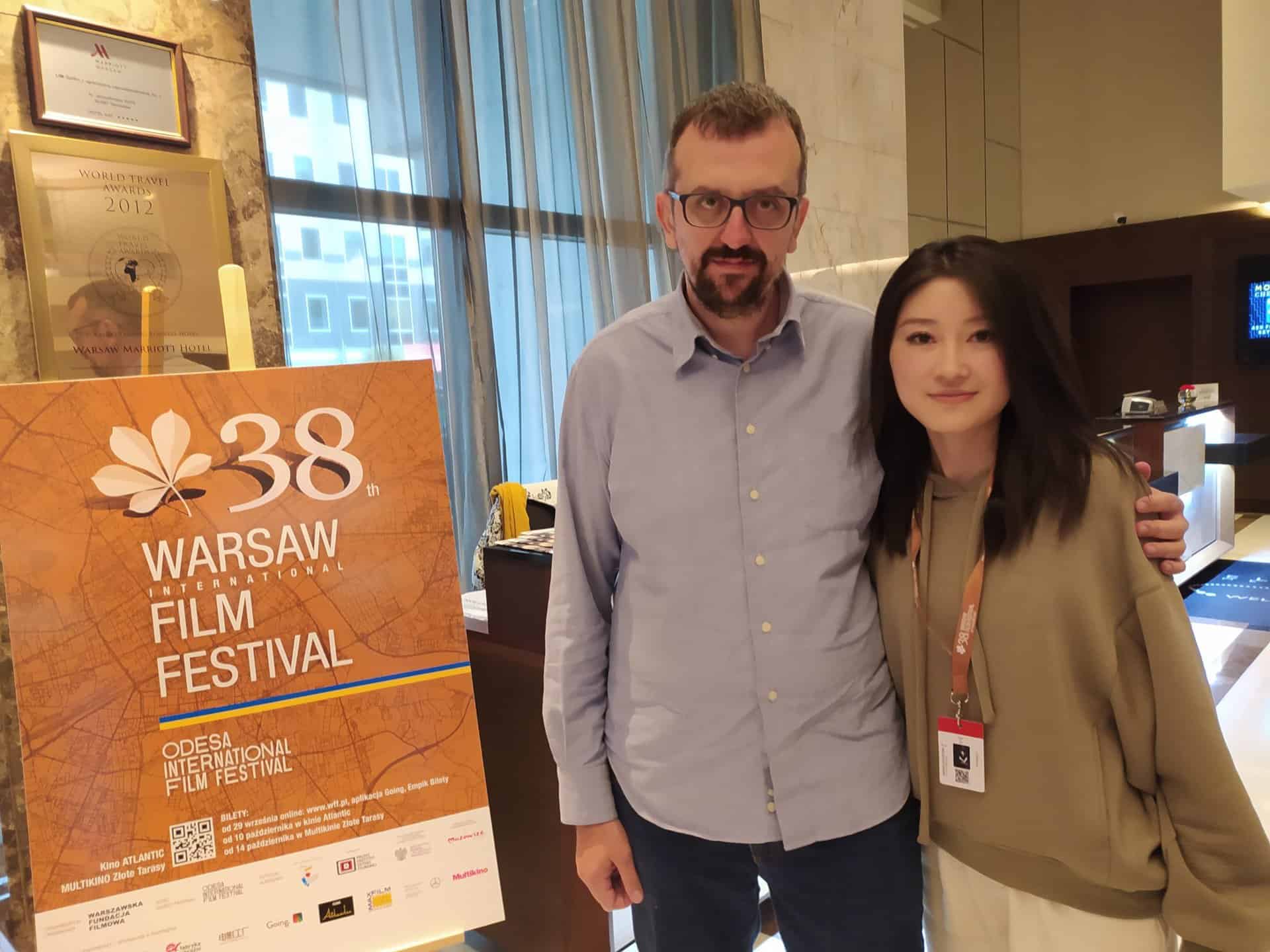Masato Hara made “The First Emperor” on 8mm and 16mm films in 1973 and made a major impact on Japanese film industry. Even today he impresses numerous filmmakers with his creations. Unfortunately, the fire burned his house and filmography including the legendary film “The First Emperor”…. But, with the help of crowdfunding and Kyoto City, his team reprinted and remastered “The First Emperor”! Witness the resurrected remastered version and the film left unburned by the fire!
[Streaming Dates]
January 2021: 30th, 31st
March 2021: 13th, 14th
[Streaming Program Details]
For program details and payments, please check Masato Hara's official English website.
https://sites.google.com/site/haramasatoxmovie/home
“The First Emperor” will be streaming with ENGLISH SUBTITLES.
“The First Emperor” (Hatsukuni Shirasumera Mikoto)
In 1971, Hara Masato started shooting his 16mm film, “The First Emperor”, based on an old Japanese book about history and myths that is known as the “Kojiki”(‘Record of Ancient Matters'). He did not finish the film. A year later, he started filming again with a small Super8 camera, all on his own, now intending to make some shots of the locations he had not previously been able to film. On the way, he reconsidered his ideas and realized that the myths could not be found anywhere outside and were not filmable in a material sense, but that they were located in cinema itself or in the making of cinema. He decided that recording his hunt for locations was the best way to finish “The First Emperor”, in which the Japanese myths could also serve as material. The smallest universe known as cinema corresponds with the universe of telling myths about Creation. This is a travelogue by the film maker himself and a film about film, while it is also a myth about film. The total length of the film that Hara completed in 1973 was 6 to 7 hours. The running time of a later version was more than four hours. This two-screen version has been re-edited from the 16 mm version dating from 1974.
Masato Hara's comment
When I was in high school, I made a film with my friends because I loved movies and wanted to make a film. The film won the Grand Prix at the Film Art Festival Tokyo. But I felt it was a bit like a movie made by an honored student. A few years later, I explored the kind of film I wanted to make and made “The First Emperor”. I wandered from Kyoto, Hokkaido, and Kyushu in search of the emperor who created the country.
Japan appeared gradually in the process of shooting. Finally, in Kagoshima, I met a girl who committed suicide after making her first film. I mourned the girl, believed in the power of the film, and ended my film there. “The First Emperor” is a film that contains all of my encounters in film and my passion for film. It was a very painful experience when my films had burned out in a fire. I am really happy to be able to reprint
“The First Emperor”.
Who is Masato Hara?
Masato Hara's works have been influenced by Jean-Luc Godard, James Joyce and Dennis Hopper. He made a debut with “A Sad yet Funny Ballad”at the age of 18 and won Grand Prix and Art Theater Guild awards at Film Art Festival Tokyo 1968. With this film, he beat the professional film directors. He gained his attention in movie industry as the youngest director at that time. Hara released “The First Emperor” in 1973. This film pioneered the Japanese private movie trend and influenced other notable directors like Takahisa Zeze, Kazuki Omori, and Isshin Inudo. His unique film philosophy and film aesthetics are loved by a lot of creators in Japan. He has been called the Japanese Jean-Luc Godard.
For any further information, please contact [email protected]















